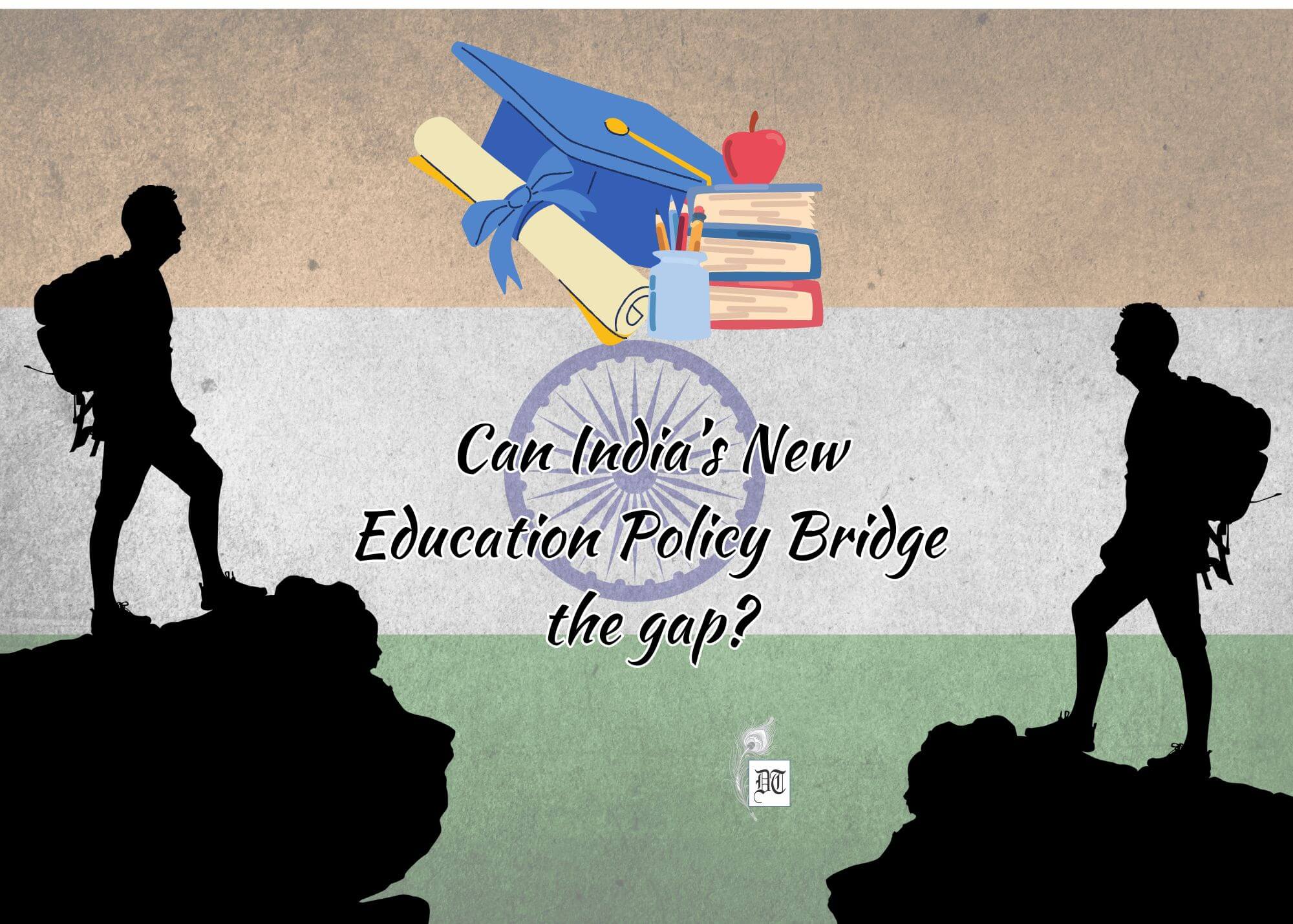Nearly two years after that game changer announcement by the Prime Minister, the annual report of the Reserve Bank of India has come out with the data which nails each and every claim made by the Prime Minister about the objectives of the demonetisation and its eventual success. The RBI has to statutorily bring out this annual report, so the NDA government could not prevent it. A report for Different Truths.
An 8-year-old girl dies in Uttar Pradesh’s Mahua village after being allegedly deprived of timely medical attention after demonetisation in November 2016 as her family had only old notes and had no time for exchange. On November 10, 2016, Teerthraji, 60 died in Gorakhpur after she collapsed in front of a closed gate of a bank. Vishwanath Vartak, 73 collapsed and died on the spot after having waited in a queue at a SBI branch for more than five hours that very month. All of them belong to that 100 odd people(nearly 120 as per the latest estimate) who died following the “historic” decision of our Prime Minister Narendra Modi, on November 8 night, of 2016.The new age dream merchant of India projected a nation without black money, counterfeit notes, check on terror funds leading to a transparent honest economy.
Nearly two years after that game changer announcement by the Prime Minister, the annual report of the Reserve Bank of India has come out with the data which nails each and every claim made by the Prime Minister about the objectives of the demonetisation and its eventual success. The RBI has to statutorily bring out this annual report, so the NDA government could not prevent it but the BJP members of Parliament’s standing committee on finance are not allowing the Parliamentary panel which has prepared a draft report on demonetisation to come out with the report which has also equally made damaging observations about the net effect of the demonetisation on the economy of the country.
The RBI report says that 99.3 per cent of the notes banned have come back to the RBI giving a lie to the government claim that this draconian measure was meant to weed out black money from the economy and though the people would be facing some pains in the initial period, the long term gains of a transparent white, more cashless economy will transform the lives of the common people. Even some months back, the Government said in the Supreme Court that the Finance Ministry expected that around Rs. Four lakh crore will be driven out of the system. But now, the figure given in the RBI report indicates that only around Rs. 10720 crore, are yet to go back to the RBI. Besides, the value of bank notes in circulation has gone up by 37.7 per cent over the year reaching Rs.18,037 lakh crore by March 31, 2016.
That way, the Modi government has no face to show since even now, the Prime Minister and the Finance Minister have been saying that the demonetization was the boldest step of the NDA government in cleansing the economy and only a person like Narendra Modi had the guts to announce such a programme. Finance Minister Arun Jaitley in his commentary on one year of demonetization on November 8, 2017, said that “November 8, 2016 would be remembered as a watershed movement in the history of Indian economy. This day signifies the resolve of this government to cure the country from dreaded disease of black money. We the Indians, were forced to live with the attitude of chalta hai with respect to corruption and black money and the brunt of this attitude was faced particularly by the middle class and te lower middle class as also lower strata of society. It was a hidden urge of the largest section of our society for a long period to root out the curse of corruption and black money.”
Now, with what face, the Finance Minister will explain the RBI findings? No black money has been unearthed. The counterfeit money are more in circulation, there has been no impact on the flow of so called terror funds. The rich have faced no problems but the ordinary poor have borne the brunt of the brainwave of the Prime Minister. All leading economists have said that the black funds are kept through investments in real estate and gold and rarely any businessman will keep big amounts of illegal funds in cash. They know how to operate hawala funds. So the biggest victims have been the poor as also the unorganized workers.
Demonetisation has created a pathetic situation in the informal sector. In this sector the trading is basically done through cash. Following demonetization, there has been a serious breach of channels through which businesses are done in rural and semi urban areas. According to the economic census, there are 56 million non-agricultural enterprises and if 72 million farmers are added to this, 128 million economic entities exist. This sector has been affected adversely. This sector has largest number of employment in the country and they are in distress. Jaitley said in his one year review that one of the important objectives of demonetization was to make India a cashless economy and thereby reduce the flow of black money to the system. Now the RBI report says that the amount of cash with the public has reached a record high. Further, the country’s banks reportedly detected a 480 per cent jump in suspicious transactions post demonetization.
The RBI report makes it clear that there has been little impact of demonetisation on currency to GDP ratio. As of March 31, 2018, the currency in circulation accounted for 101.8 per cent of its pre-demonetisation level. This works out to around 86 per cent of its underlying three year trend had there been no demonetisation. In fact, India’s currency to GDP ratio is also slowly on its way back to pre demonetisation levels. And about cashless transactions and digital economy, there is no big change.
There are enough indications that the business people have benefitted most from the demonetization and made good use of the measure to earn additional money while the poor and the lower middle class people suffered most. The fake or counterfeit notes are in circulation and the RBI report notes that there are reports of counterfeiting in new Rs. 2,000 notes. The black operators and counterfeiters are not less intelligent than the government people. They know how to adapt themselves to the new situation and they have been doing that.
After the findings of the latest RBI annual report on demonetisation, there is a fit case for the opposition members in Parliament to demand the setting up of a joint Parliamentary Committee to probe into the effects of demonetization and who benefitted most. Prime Minister and the FM should not be allowed to play with the lives of the poor people any more.
Nitya Chakraborty
©IPA Service
Photo from the Internet

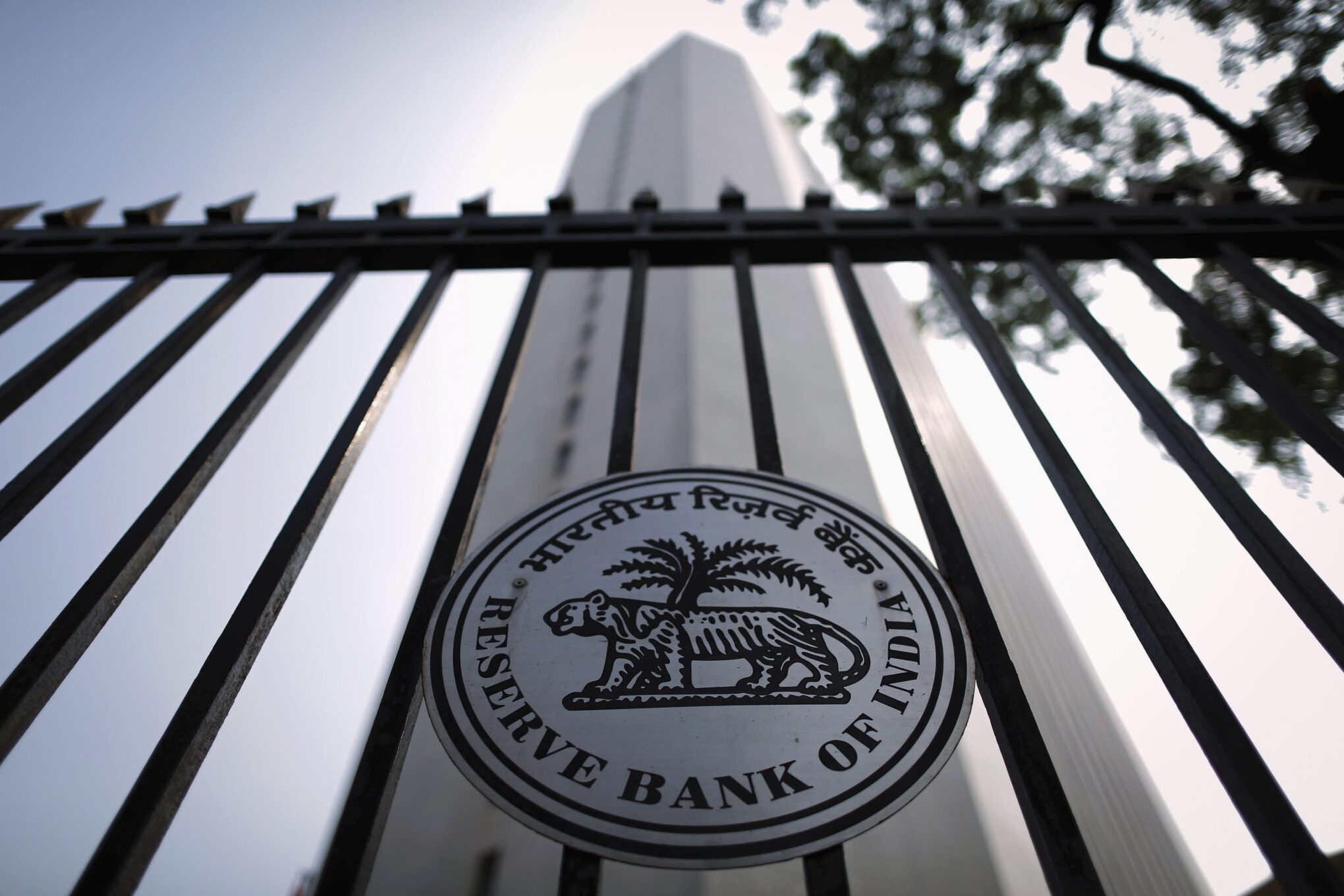
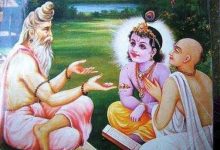
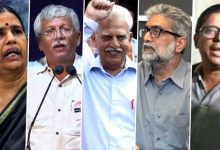

 By
By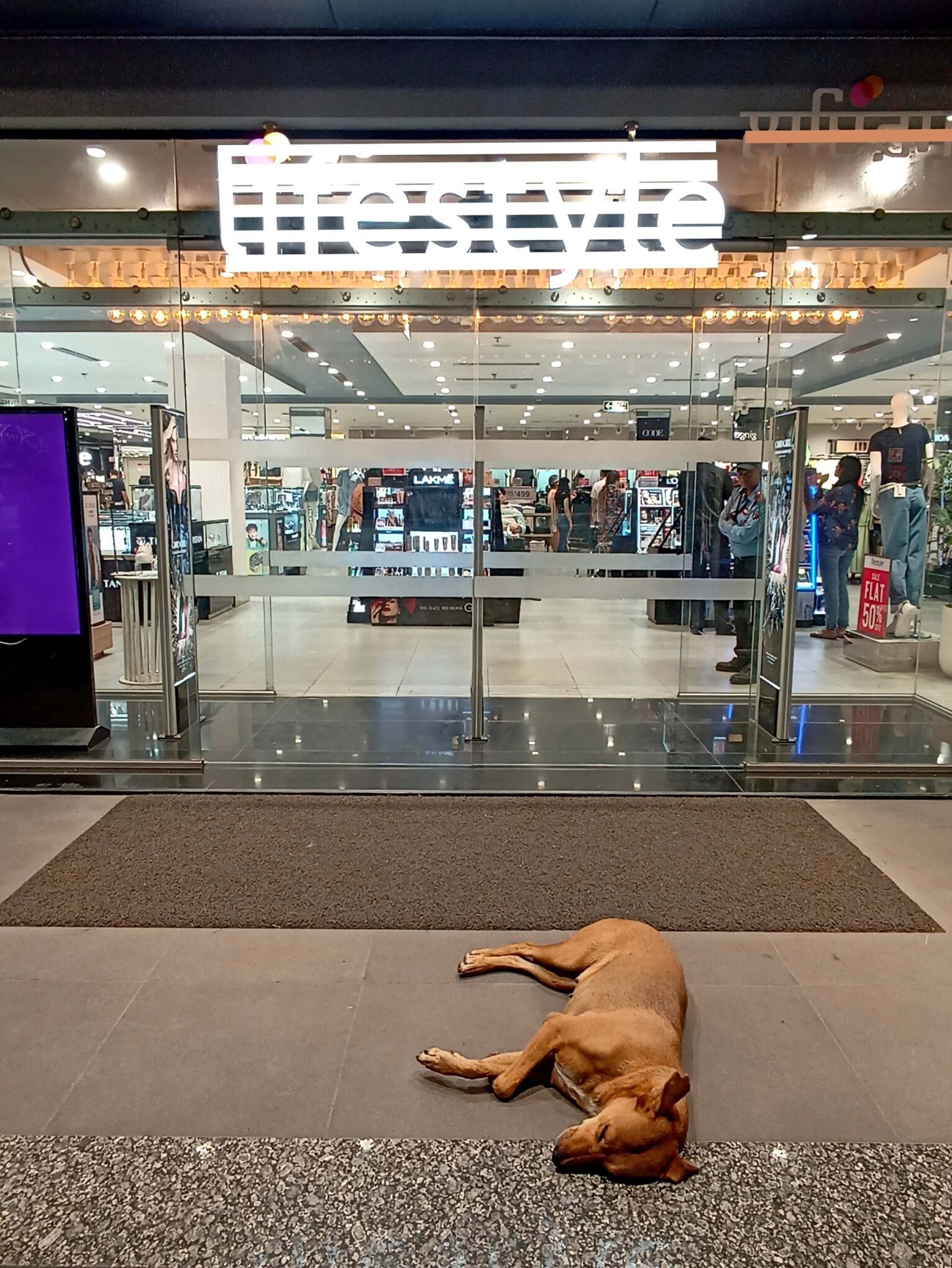

 By
By